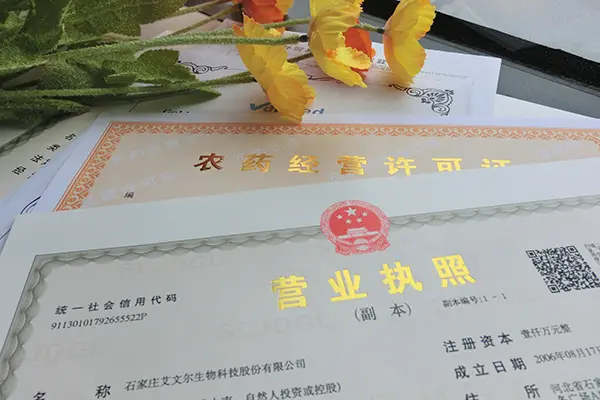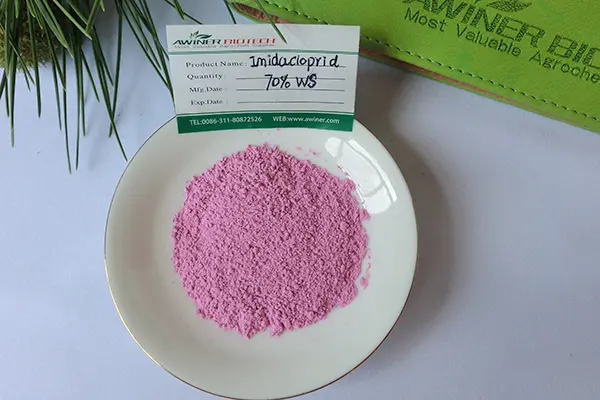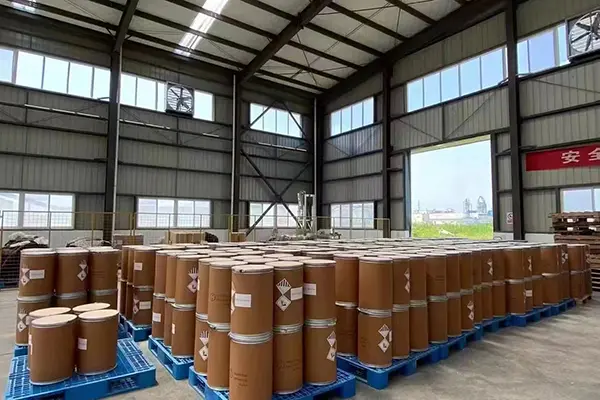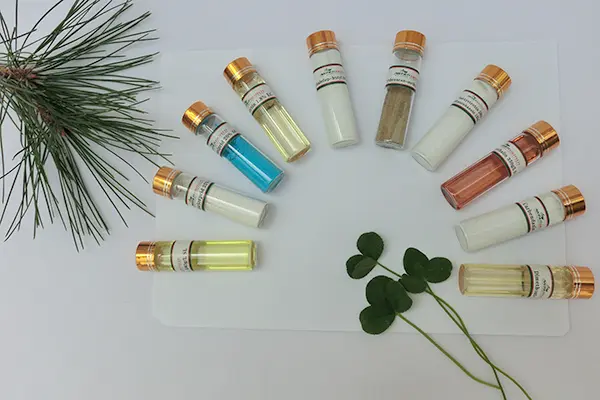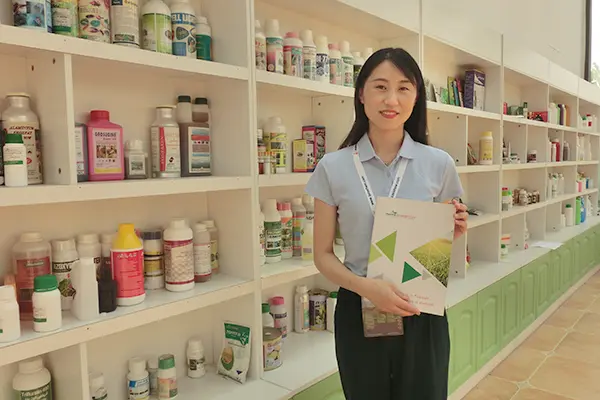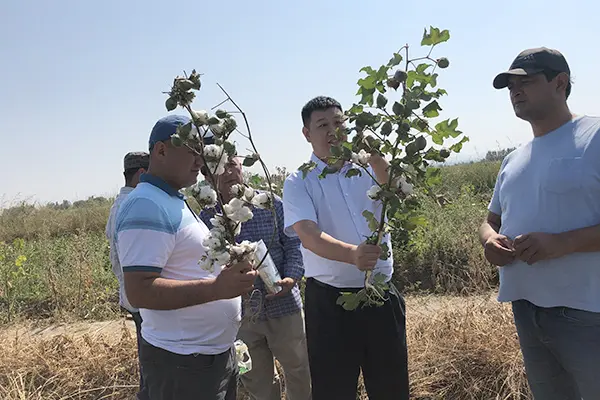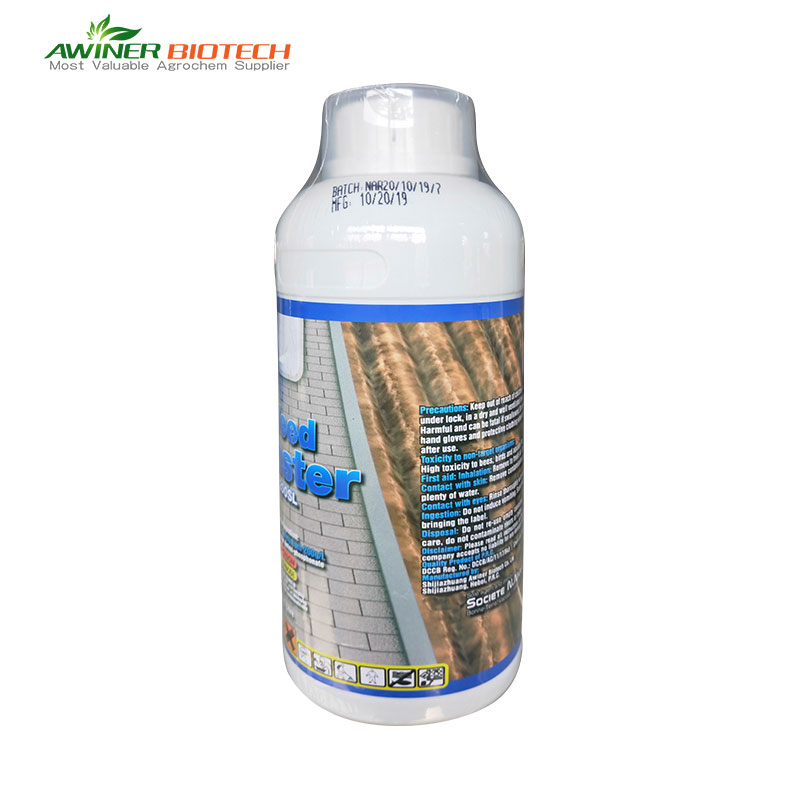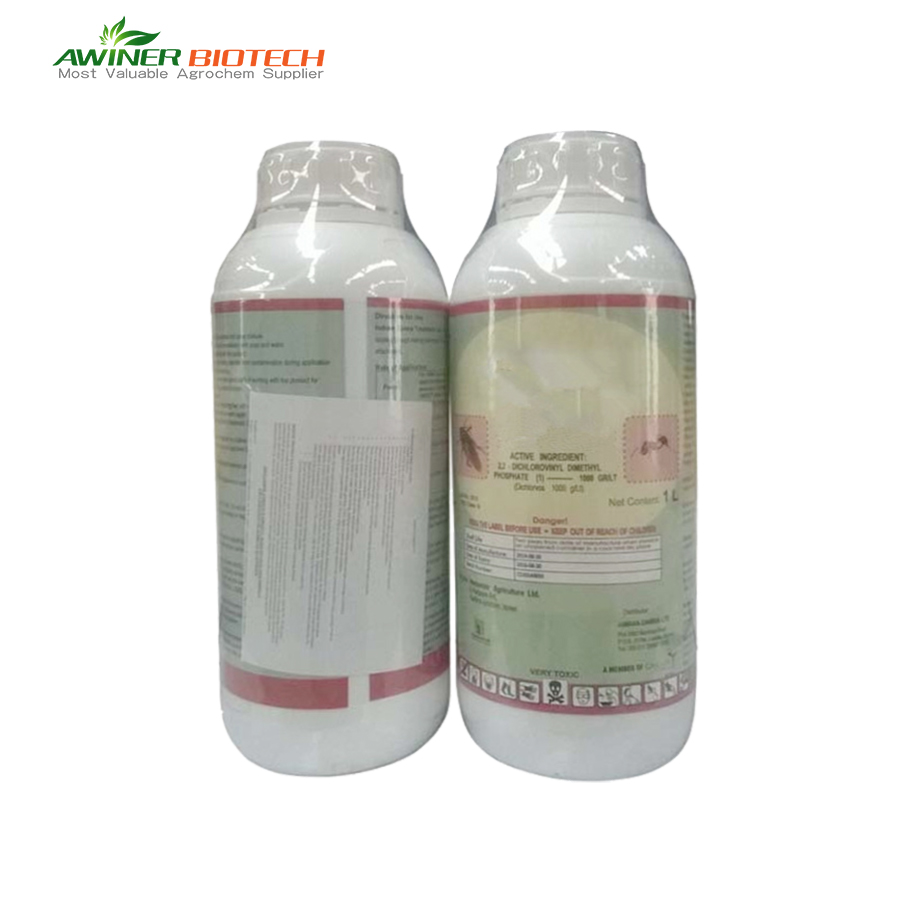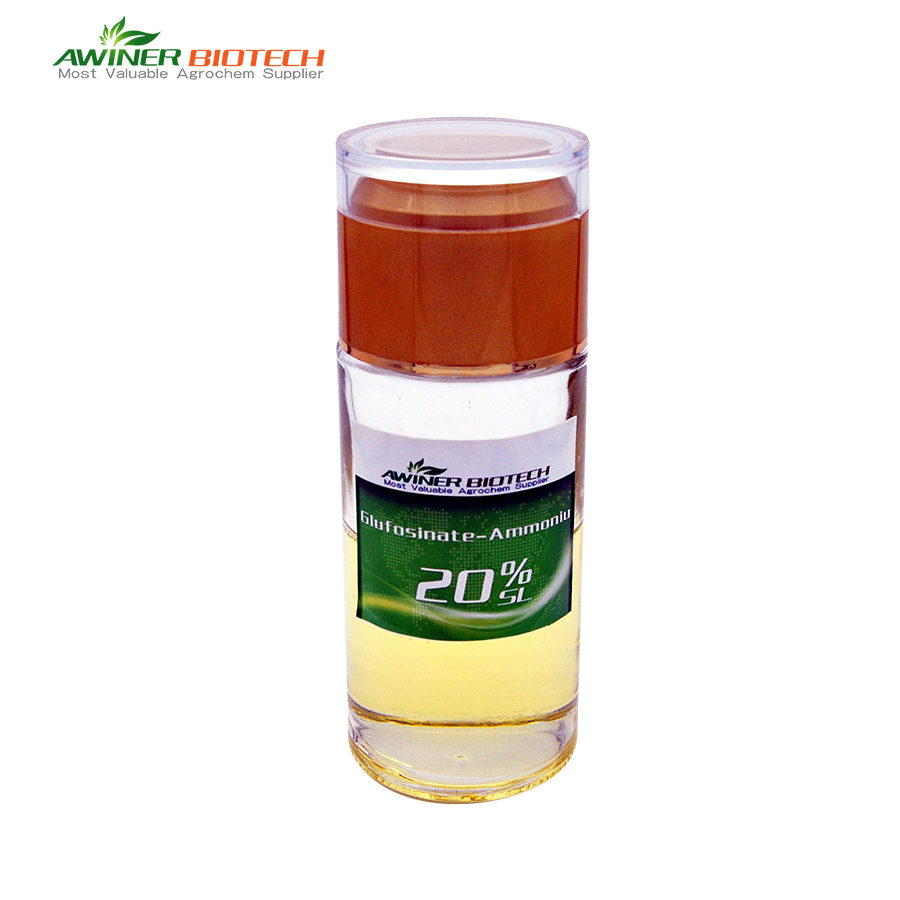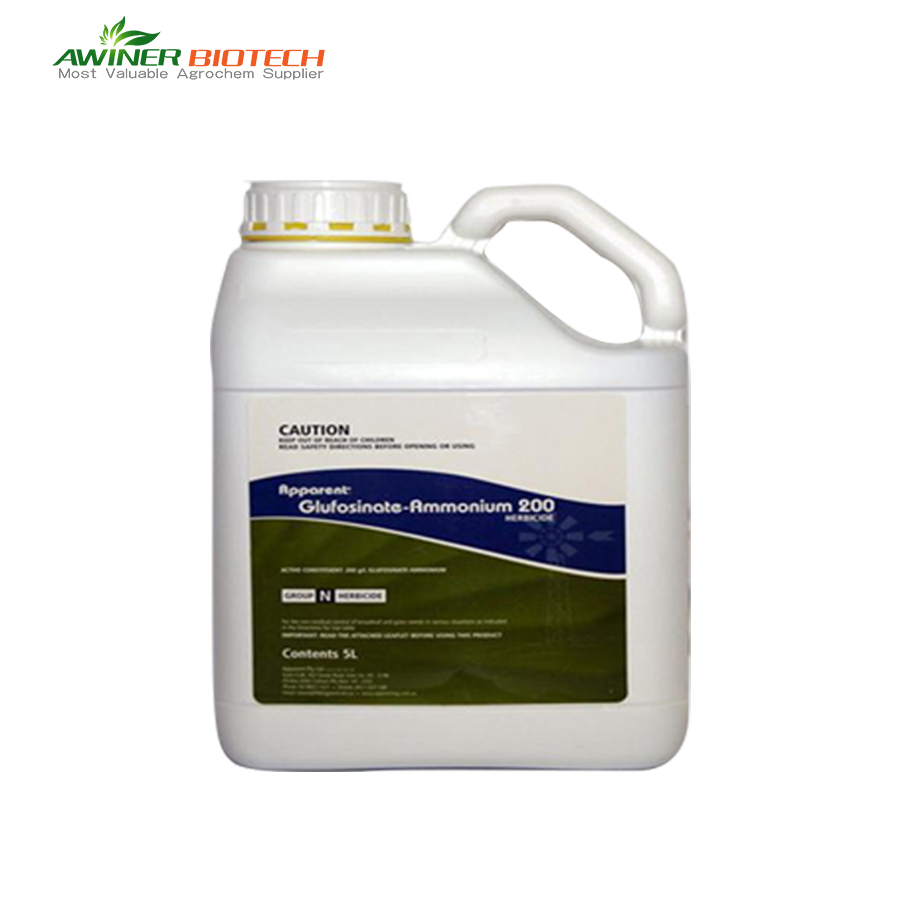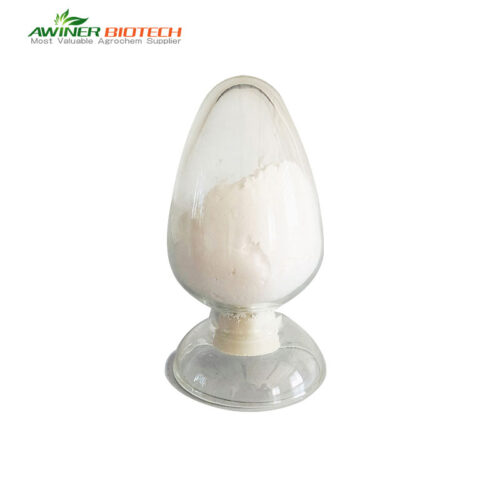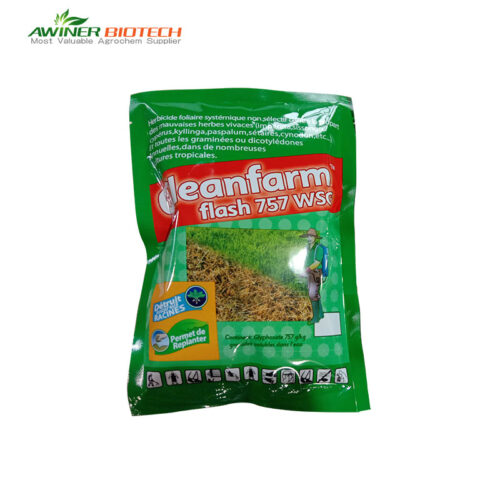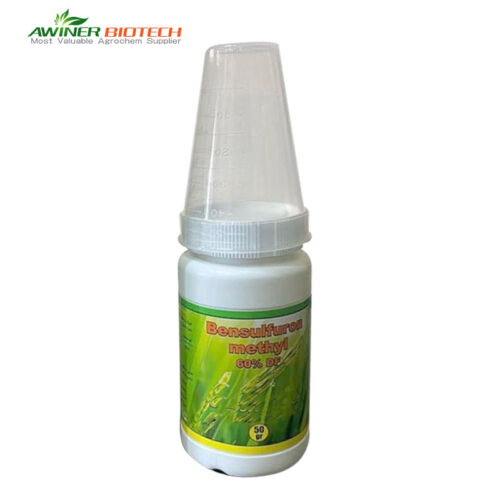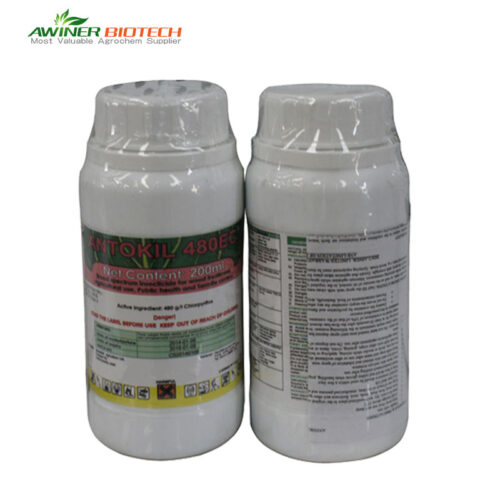Glufosinate-ammonium |
|
| Dosage form | 20%SL;18% AS |
| Packing | Liquid:50ml、100ml、250ml、500ml、1L、5L、10L、20L Solid:10g、50g、100g、250g、500g、1kg、5kg、10kg、25kg |
| Formulation+Label | Customized |
| Sample | Yes |
| Weeds | Non-cultivated land – Annual weeds |
| Certification | SGS、 ISO 、BV |
| Delivery time | 20-30 days |
| Mixture products | |
| Payment terms |  |
Glufosinate-ammonium, usually sold as ammonium salt. It is a naturally occurring broad-spectrum herbicide. Produced by several species of Streptomyces soil bacteria. Glufosinate ammonium salt is a non-selective, contact herbicide with certain systemic effects. Plants can also metabolize another naturally occurring herbicide, bialaphos, directly to glufosinate.
Glufosinate-ammonium herbicide
Glufosinate-ammonium, usually sold as ammonium salt. It is a naturally occurring broad-spectrum herbicide. Produced by several species of Streptomyces soil bacteria. Glufosinate ammonium salt is a non-selective, contact herbicide with certain systemic effects. Plants can also metabolize another naturally occurring herbicide, bialaphos, directly to glufosinate.
Glufosinate-ammonium vs glyphosate
The compound irreversibly inhibits glutamine synthetase, an enzyme necessary for the production of glutamine and detoxification of ammonia, giving it antibacterial, antifungal and herbicidal properties. Applying glufosinate to plants causes a decrease in glutamine and an increase in ammonia levels in the tissues, halting photosynthesis and causing plant death.
Glufosinate is a broad-spectrum herbicide similar to glyphosate. Used to control important weeds such as morning glory, Sesbania bispinosa, Polygonum pensylvanicum, and yellow sedge. It is applied to seedlings during early development to achieve full effectiveness.
- Glufosinate is commonly used as a herbicide in three situations:
- Targeted spraying for weed control, including genetically modified crops.
- Used as crop desiccant to facilitate harvest.
- Grass copper foil has also been shown to provide some protection against a variety of plant diseases, as it can also kill fungi and bacteria on contact.
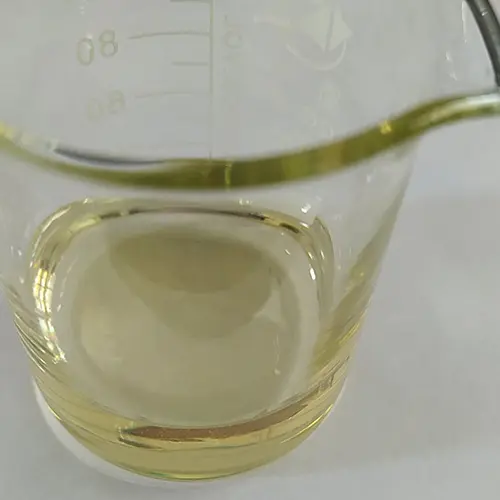 |
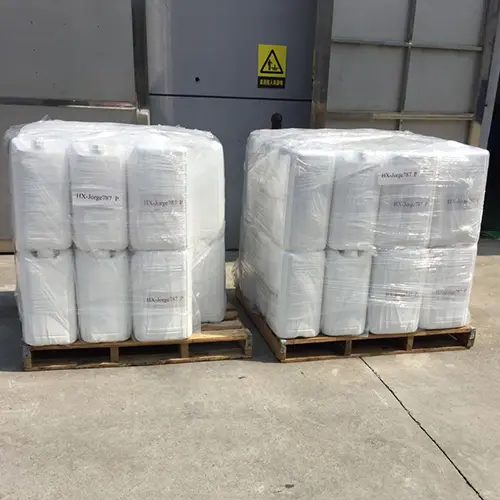 |
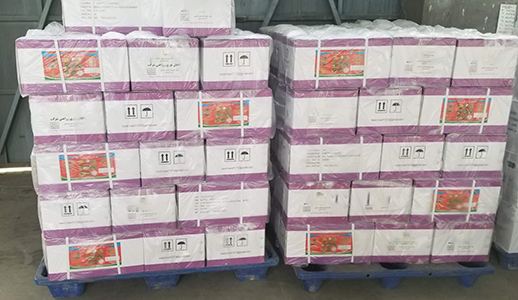 |
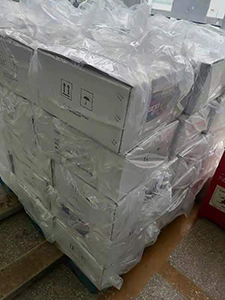 |
<About Awiner Biotech>
